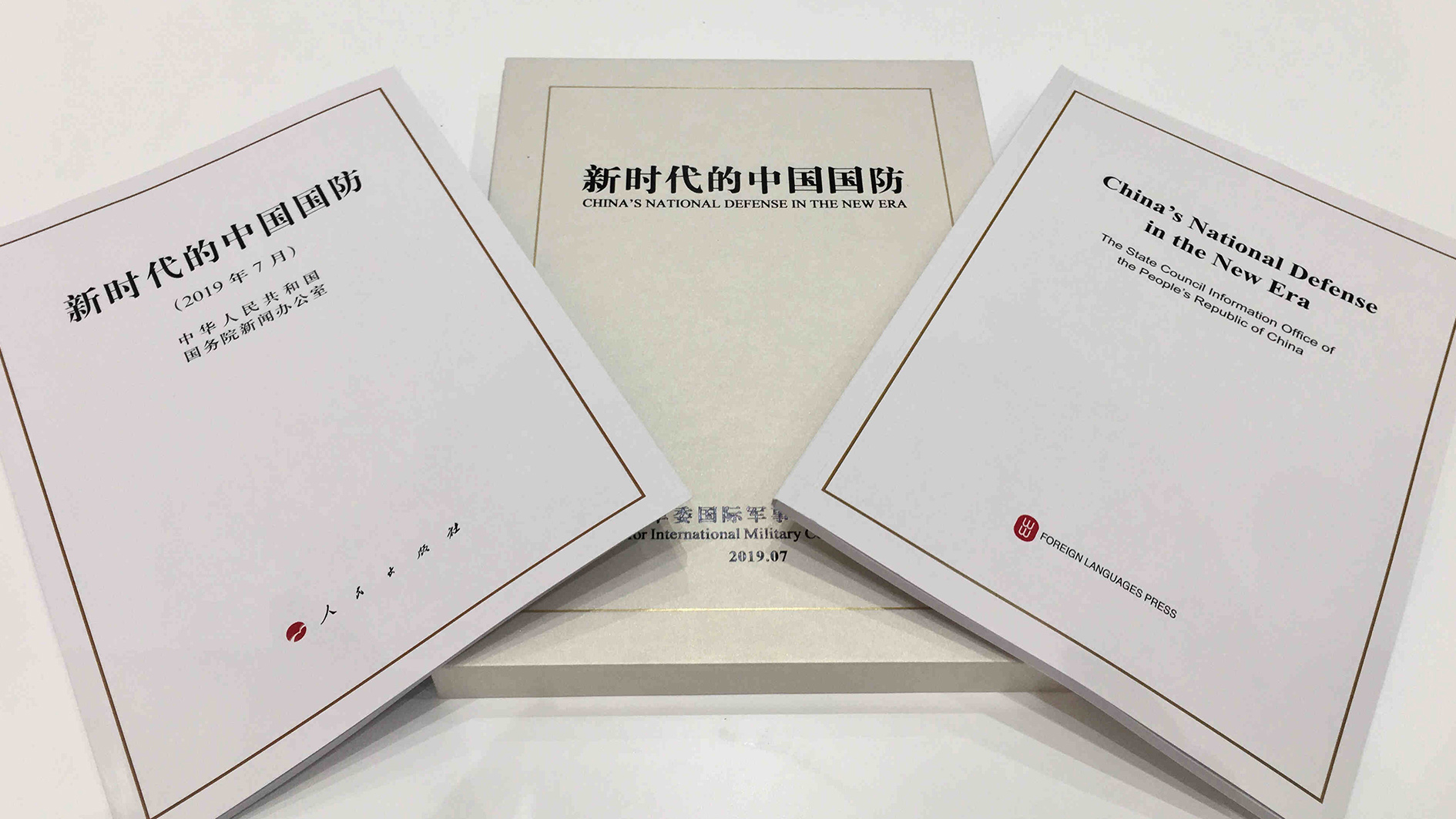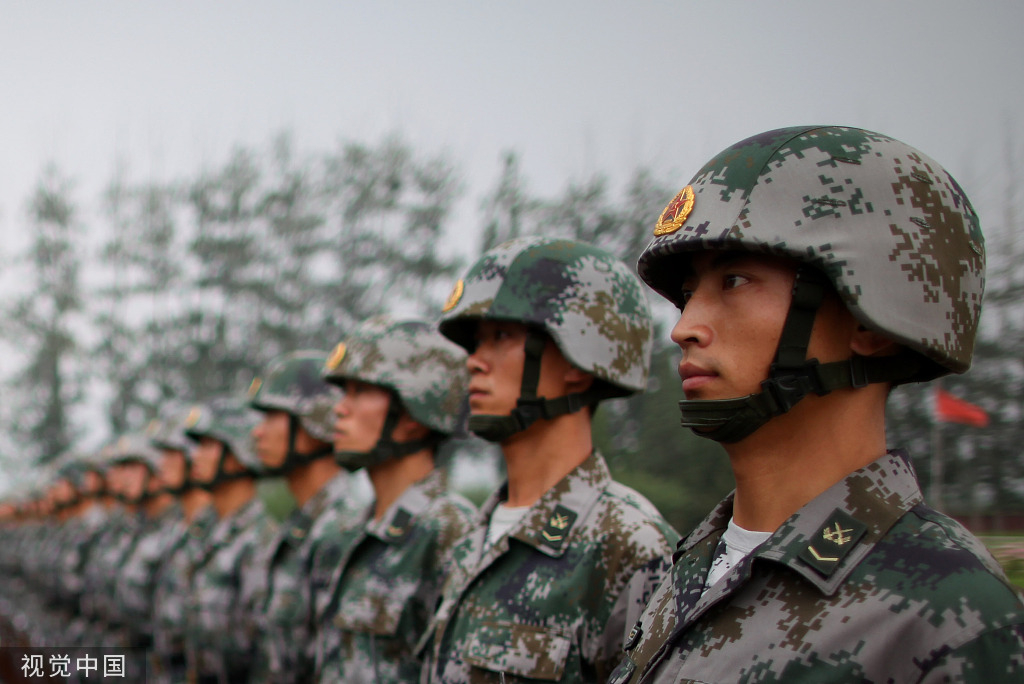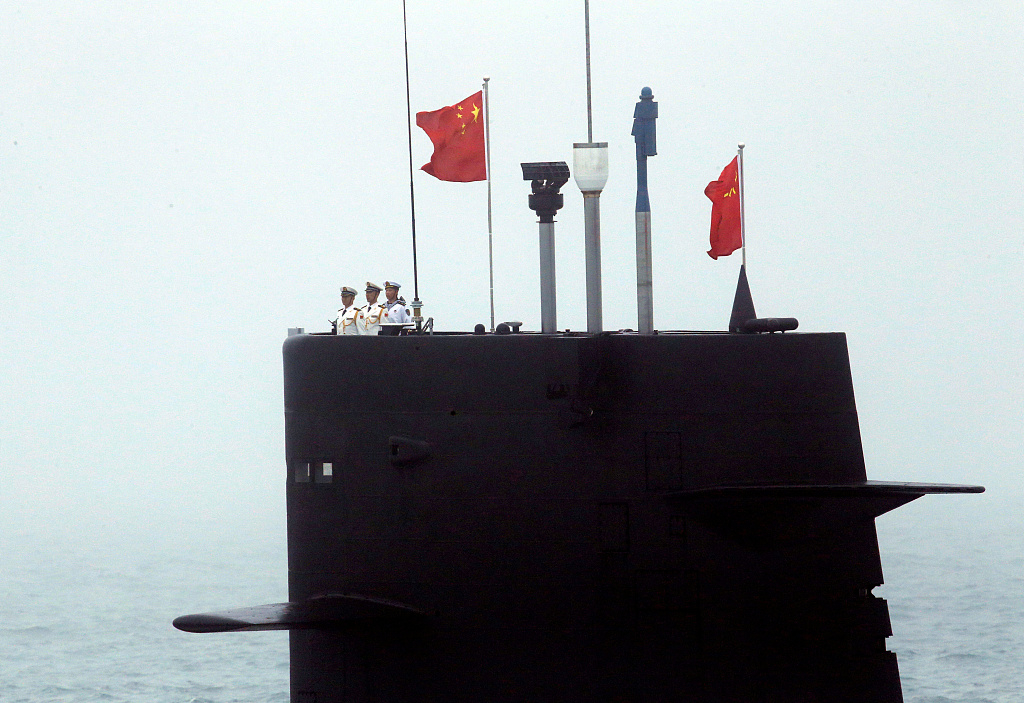

China has issued its latest white paper on national defense, elaborating on its defense policy and tasks of its armed forces.
The white paper on national defense is not a release of new policies — it is a consolidated statement of existing policies and an explanation of directions.
Defensive in purpose
In response to the "China threat" rhetoric, one of the core emphases of the paper is the defensive purposes of the Chinese military, though it says it reserves the right to take active offensive tactics when it comes to real threats.
The People's Liberation Army (PLA) seems to be playing dual roles these days. On the one hand, the PLA is determined to play a constructive role in maintaining peace and improving security cooperation with the rest of the world. On the other hand, the army is speeding up combat training and equipment upgrading to protect sovereignty. A new image of the PLA is thus shaped through those dual roles.
Confidence in China's chosen path
China is now increasingly open in articulating its strategic priorities and showcasing its military strength, which reveals its growing confidence in its chosen path. One of the biggest takeaways of the white paper is that the PLA is undertaking new missions in protecting interests overseas and providing services to overseas operations.

PLA soldiers stand to attention. /VCG Photo
This marks the first time that China’s defense policy has been so thoroughly explained, with its military thoughts behind the policies, the strategic pillars of the army, the missions and tasks, as well as direction of growth, well-articulated.
It tells the world what the PLA wants to be, how to get there, the bottom line of taking military action and the core interests of the military — a significant step towards avoiding miscalculations and reducing tensions.
More transparency of military strength
China's transparency on military issues has increased over time as it discloses its institutional reshuffle and reformed structures. For example, the white paper reveals that the PLA has implemented the most comprehensive restructure to become a force capable of conducting complex joint operations, with seven former military area commands transformed into five joint theater commands that have army, navy and air force components.
According to the white paper, the navy is also taking a leading role in the armed forces, in line with the country's Belt and Road Initiative. The ratio of China's defense expenditure remains stable and grows in coordination with the increase in government expenditure.

A Chinese Navy's submarine takes part in a naval parade off the eastern port city of Qingdao to mark the 70th anniversary of the founding of the PLA Navy, April 23, 2019. /VCG Photo
The rise in defense budget stems from the need to deepen military reform, increase input in weaponry development and undertake diversified military tasks, the white paper said.
For any keen observer of China's defense policy and people who hope to get a better understanding of the PLA, the white paper can serve as guidance.
(Top Image: China's white paper on national defense in the new era. /CGTN Photo)

Copyright © 2018 CGTN. Beijing ICP prepared NO.16065310-3
Copyright © 2018 CGTN. Beijing ICP prepared NO.16065310-3